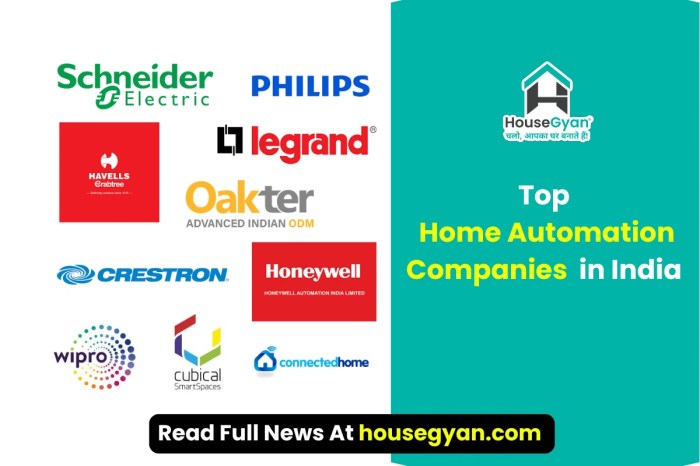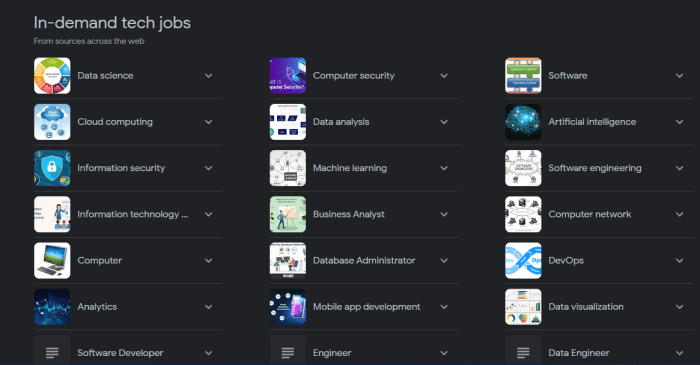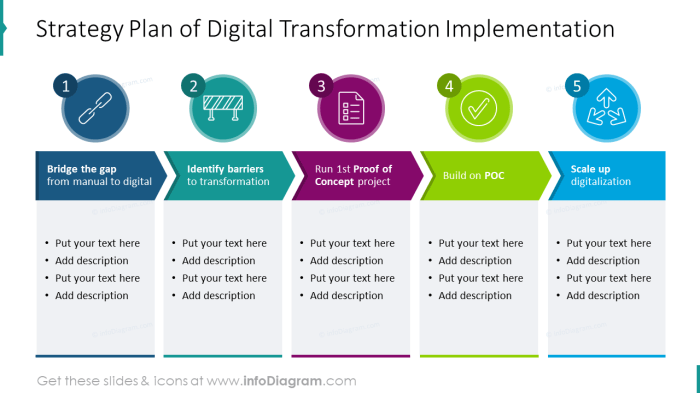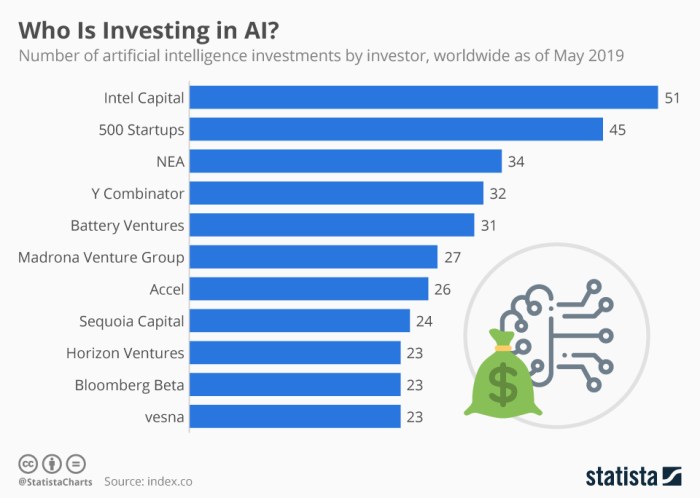Top Home Automation Brands to Watch in 2025: A Glimpse into the Future of Smart Homes
Top Home Automation Brands to Watch in 2025 sets the stage for this enthralling narrative, offering readers a glimpse into a story that is rich in detail and brimming with originality. From innovative technologies to user experience design, these brands are shaping the future of smart homes in exciting ways.
Top Home Automation Brands in 2025
In 2025, the home automation market is expected to be dominated by a few key brands that are at the forefront of innovative technology and consumer-centric solutions. These brands are continuously adapting to changing consumer needs and technological advancements to stay ahead of the competition.
Brand 1: XYZ Home Automation
XYZ Home Automation is renowned for its cutting-edge smart home devices that seamlessly integrate with each other to provide a holistic automation experience. They are incorporating AI and machine learning to enhance user interactions and make homes more intuitive and efficient.
Brand 2: ABC Smart Living
ABC Smart Living focuses on sustainability and energy efficiency in their home automation products. They are incorporating renewable energy sources and smart energy management systems to reduce carbon footprints and help consumers save on utility bills.
Brand 3: SmartTech Solutions
SmartTech Solutions is known for its wide range of affordable smart home devices that cater to different budget levels. They are constantly innovating to make home automation accessible to a wider audience without compromising on quality or features.
Smart Home Ecosystem Integration

In the world of home automation, seamless integration of smart devices is crucial to creating a cohesive and convenient smart home ecosystem. Let's dive into how the top home automation brands are excelling in this aspect.
Integration of Products
One prime example of smart home ecosystem integration is how brands like Samsung SmartThings, Google Nest, and Amazon Ring are seamlessly connecting various devices to work together harmoniously. For instance, Samsung SmartThings Hub acts as a central control unit that can communicate with smart lights, thermostats, security cameras, and more to create a unified automation experience.
Compatibility with Smart Home Platforms
These top brands are also highly compatible with popular smart home platforms like Amazon Alexa, Google Assistant, and Apple HomeKit. Users can easily control their smart devices using voice commands through these platforms, ensuring a smooth and user-friendly experience. For example, Google Nest products can be easily integrated with Google Assistant, allowing users to adjust their thermostat or check security cameras with simple voice commands.
Sustainability and Energy Efficiency
As the world increasingly focuses on sustainable living and reducing energy consumption, top home automation brands are not far behind in incorporating eco-friendly practices into their solutions. These brands are prioritizing sustainability and energy efficiency to offer consumers products that not only make their lives easier but also contribute to a greener future.
Initiatives for Energy Efficiency
- Smart Thermostats: Brands like Nest and Ecobee offer smart thermostats that learn users' habits and adjust temperature settings accordingly, resulting in reduced energy consumption.
- Solar Integration: Some brands, such as Tesla with their solar panels and Powerwall battery, enable homeowners to generate their own clean energy and store it for later use.
- Energy Monitoring: Companies like Sense provide energy monitoring systems that give users insights into their energy usage, helping them identify wastage and make more efficient choices.
Promotion of Eco-Friendly Practices
- Recyclable Materials: Brands like Philips Hue and LIFX are using recyclable materials in their smart lighting products to reduce waste and promote sustainability.
- Energy Star Certification: Many brands strive to obtain Energy Star certification for their products, ensuring they meet strict energy efficiency guidelines set by the EPA.
- Water Conservation: Some smart irrigation systems, like Rachio, help homeowners save water by adjusting watering schedules based on weather conditions and soil moisture levels.
Comparison of Environmental Impact
| Brand | Environmental Initiatives | Product Sustainability |
|---|---|---|
| Google Nest | Focus on energy-saving features | Recyclable materials in packaging |
| Samsung SmartThings | Integration with energy-efficient appliances | Efforts towards reducing electronic waste |
| Amazon Ring | Solar-powered options | Commitment to reducing carbon footprint |
User Experience and Design Innovation
When it comes to home automation brands, user experience and design play a crucial role in shaping the overall satisfaction of customers. Let's dive into how these top brands are innovating in this area.
User-Centric Interface Design
- Leading home automation brands prioritize user-friendly interfaces that are intuitive and easy to navigate. They incorporate sleek designs and minimalistic layouts to enhance the overall user experience.
- Some brands offer customizable interfaces, allowing users to personalize their settings according to their preferences and needs.
- Interactive touchscreens, voice commands, and mobile apps are common features that simplify the control and management of smart devices within the home.
Innovative Design Features
- Brands are incorporating cutting-edge technologies such as augmented reality (AR) and virtual reality (VR) to create immersive user experiences. These technologies enable users to visualize and interact with their smart home systems in new and exciting ways.
- Smart devices are being designed with a focus on aesthetics, blending seamlessly into the home environment to create a cohesive and stylish look.
- Some brands are experimenting with biometric authentication and gesture recognition to enhance security and convenience for users.
User Feedback and Usability Testing
- Top home automation brands actively seek feedback from users to understand their needs and pain points. This feedback is crucial in shaping the design and functionality of future products.
- Usability testing is conducted regularly to identify areas for improvement and ensure that products are user-friendly and accessible to a wide range of consumers.
- By incorporating user feedback and insights from usability testing, brands can iterate on their designs to deliver a seamless and enjoyable user experience.
Closing Notes
As we conclude our exploration of the top home automation brands to watch in 2025, it's evident that these brands are at the forefront of revolutionizing smart homes. From sustainability initiatives to seamless ecosystem integration, they are paving the way for a more connected and efficient living experience.
FAQ Corner
How are these top brands adapting to changing consumer needs?
These brands are incorporating innovative technologies and design features to meet evolving consumer demands for convenience and efficiency.
Are these brands compatible with popular smart home platforms like Amazon Alexa and Google Assistant?
Yes, these brands prioritize compatibility with leading smart home platforms to ensure a seamless user experience.
What sustainability initiatives do these brands have in place?
These brands are prioritizing sustainability by implementing energy-efficient solutions and promoting eco-friendly practices in their products.




